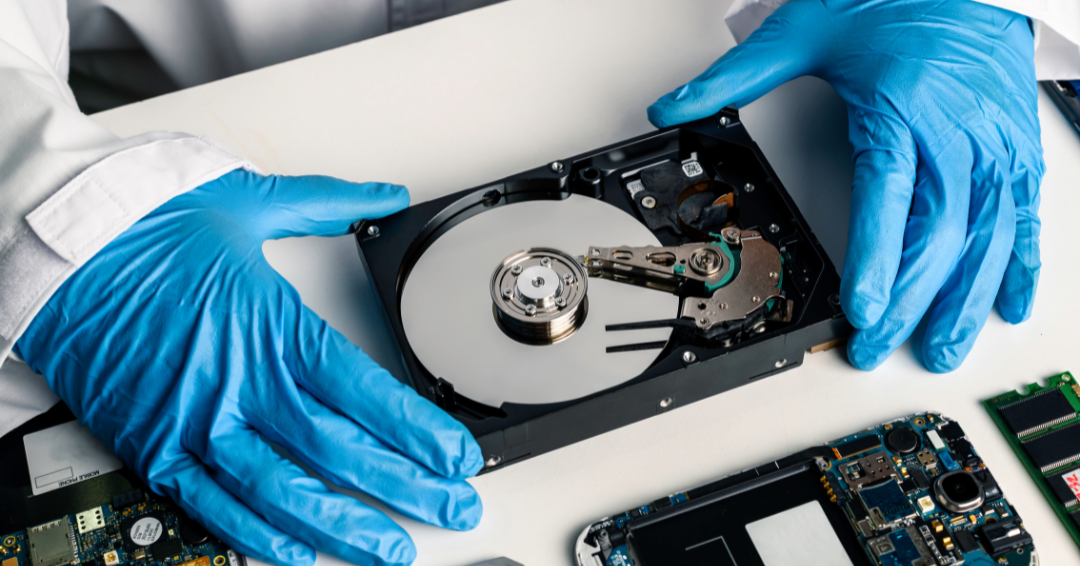Most people have experienced some form of data loss. Data loss is more common than you might think, whether it's corrupted files, a faulty hard drive or a damaged device.
But what if some of that lost data could be pivotal in legal proceedings? Or what if data has been purposefully deleted or hidden within a computer system?
That's where forensic data recovery comes in. This blog post will explore how forensic data recovery works and when recovered evidence can be used in court.
What is forensic data collection?
Forensic data recovery is the process of forensically (read safely) extracting data from storage media to use as evidence in legal proceedings.
The primary goal of the process is to recover data without corrupting the metadata of the file, maintaining its authenticity and integrity. Successfully extracting data from these sources requires close attention to detail.
For the extracted evidence to be classed as reliable in a court of law, it must not have been tampered with or corrupted.
How does forensic data collection work?
The technique that data forensics experts will adopt to try and retrieve evidence depends on the condition of the storage media they're working with.
Non-destructive techniques involve recovering both present and lost or deleted files without changing the original media. In contrast, destructive methods include physical changes to the media, such as editing the creation date or other metadata.
Sometimes, forensic data recovery is as simple as reconstructing a damaged hard drive. However, closer attention to detail is required if security systems must be bypassed to uncover hidden data.
As well as recovering data, forensic data recovery can include accessing hidden areas of a computer to check for suspicious activities or recovering data that has been purposefully deleted or corrupted.
The most important part of the data recovery process is carefully monitoring each stage to ensure the integrity of evidence is preserved and no tampering has occurred.
Though forensic collection is applied to all data collection to ensure there is no inadvertent spoliation, it's especially important when dealing with damaged data.




